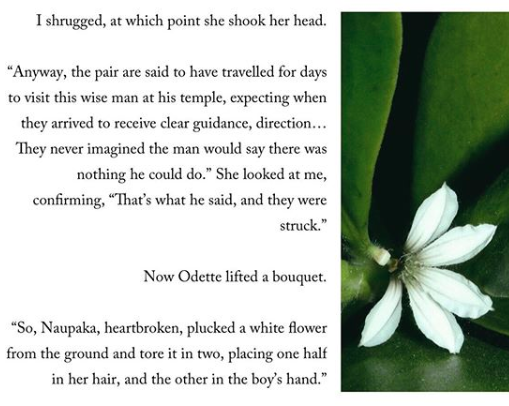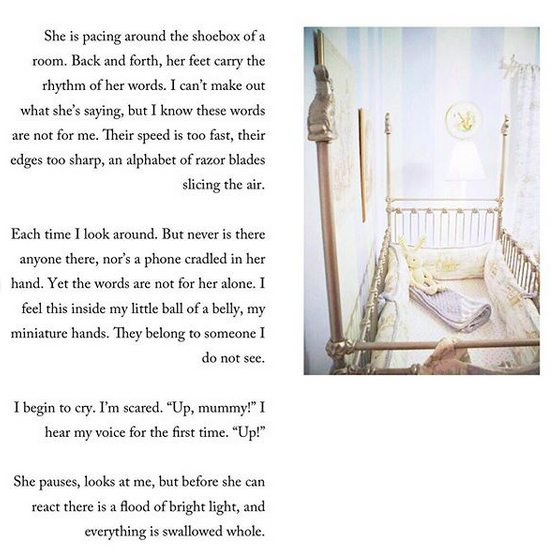Hey you guys,
As you may or may not know, the world of The Play House is inhabitated by a traditional British culture, and a mix of two sub-cultures: ancient Hawaiian and the French occult. It's the characters that belong to these sub-cultures that, it's revealed throughout the story, have certain "gifts."
These gifts, and the means of acquiring them, have been inspired by both Huna and Witchcraft, as well as mythology and fairytales. Right now, I assume you know what most of the previous sentence meant, but probably you're unsure just what Huna means.
That's what the next few posts in this series are for—to unfold Huna so that you will not only better understand the foundation of The Play House, but also so that, if you feel so inclined, you may adopt some of Huna's (beautiful) spiritual teachings and rituals for your own personal benefit.

What is Huna?
As the title of this post indicates, Huna originated in Hawaii during ancient times—some 35,000 years ago. It is one of the oldest systems of healing and spiritual development.
Once upon a time, it was called ho’omana, translating directly to mean "to make life force," which essentially means to empower. This makes sense, given its goal (see next paragraph). Its current name, however, tells us less about what it does, so much as it hints at what it is. That's to say, Huna translates to "secret/protected wisdom."
Like most spiritual modalities, the goal of Huna is to bring you into a state of balance, where your physical, mental, emotional, and spiritual self are in harmony, and you, as a whole, are filled with both inner-peace and life force (or Qi as they say in Traditional Chinese Medicine).
As The Play House touches on, the ways in which Huna practitioners go about creating this sense of harmony and symmetry in life include:
- Aligning what is referred to as the "Three Selves"
- Connecting with nature (including herbal healing)
- Using stars and numbers for prediction
- Dreamtime, or moe'uhane & ho'omoe
- Chanting and meditating
Every single one of these "tools," if you will, is found in the book—be it when Scarlet dreams of her mother walking around her childhood room speaking incredibly quickly, or when she dreams of the Glass House of Truth, or when they all chant in the near-closing scene, or when it's revealed just who Catherine is, or even in the very last line of the book when Scarlet looks up at the ceiling and sees—
Anyway, like I said earlier, discussing these tools with you guys isn't just about unpacking the foundation of The Play House. My hope is, as I dig into each of these branches of Huna, you'll connect with one or more, and in turn apply them to your own life, to deepen your own connection with the world around you, with your friends, with your family, and ultimately with yourself.



